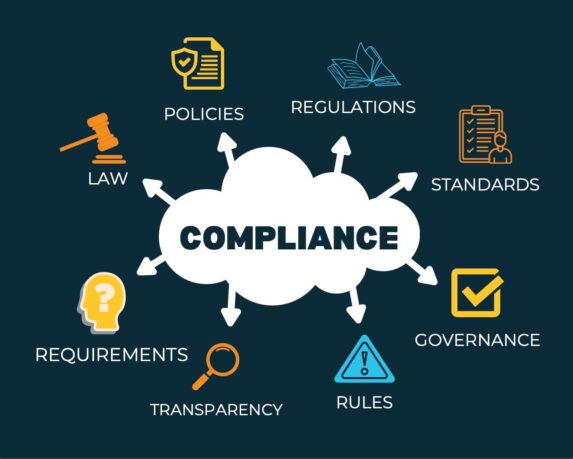3 Tips to Create Outstanding Clinical Trial Source Documents

Creating exceptional clinical research source documents is crucial for successful clinical trials. The best way to ensure that your source documents are ready is to know and understand the Clinical Study Protocol (CSP), which serves as the basis for your source documents. Use the CSP as your primary reference when creating source documents. This is because it explains exactly what happens in each step of the clinical trial.
First, read the CSP. Once you have a general idea of what each source document should contain, dig a little deeper. Use these three targeted sections in the CSP to gather crucial information needed to write an outstanding clinical trial source document.
1. Clinical Trial Participant Inclusion and Exclusion Criteria in your Source Documents

The Inclusion & Exclusion Criteria section has some of the most valuable information needed to reach study endpoints. It’s also included in every CSP. That said, write your source documents to collect information about a patient. You can ask them directly, or collect information through observation from clinical trial staff. To use this section of the CSP to your advantage, go through each of the inclusion and exclusion criteria and make sure that there is a question in your source documents that confirms each criterion.
For example, if an exclusion criterion in a particular study omits a patient who has a BMI that is >=31, include a BMI question in the demographic source document(s). Note that not all criterion are explicitly stated in the study activities portion of the CSP. So, if you want to make an extremely valuable source document, try writing a note in italics. Include the note under the question that states the exclusionary value and include the criteria number.
2. Use Study Endpoints in Your Source Documents

Study endpoints explain why the clinical trial is being conducted. Thus, during source document create, you’ll answer most of your questions in the study endpoints section of the CSP.
To create great source documents, use a similar process for study endpoints that you did for the inclusion and exclusion criterion. Find the endpoints in the CSP and look for specific values, queues, or milestones that need to be monitored throughout the study.
One way to include information about a desired outcome is to write a note about the endpoint in a source question. Or, you can include it in the “details and directions” section of a source document.
Here’s an example. One study endpoint measures a Six Minute Walk Test in patients at 30 days post treatment, and again at 1 year. Within the source, create a question that asks for the difference between the walk tests at the two dates. This allows the investigator or staff to assess if there is a change from baseline.
3. Don’t Forget Appendices & Tables in Your Clinical Trial Source
At this point, almost all of the source documents for the clinical trial have been written and polished. However, if you want to create a truly outstanding source document, don’t forget the appendices and tables section of the CSP.
The appendices and tables section may also include information to further explain the study, its purposes, and detailed information about specific procedures.
Here’s an example. An appendix in a study called Appendix B: Definitions offers all definitions for terms used throughout the study. Include these specific definitions within the relevant source document.
From the example above, in the Six Minute Walk Test (6MWT), include a definition from the appendices and table section, links to resources, and CSP reference information.
While there are many tricks to the trade, make sure you know what is being written, why, and for whom. Get to know the clinical study protocol to create great source documents.
Here at Team CRIO, our study designers create well-written digitized documents that include alerts for protocol and regulatory deviations. These handy features take the guesswork out of deviations and help to keep you organized. We strive to get the most out of a clinical study protocol in our eSource and CTMS digital documents.





